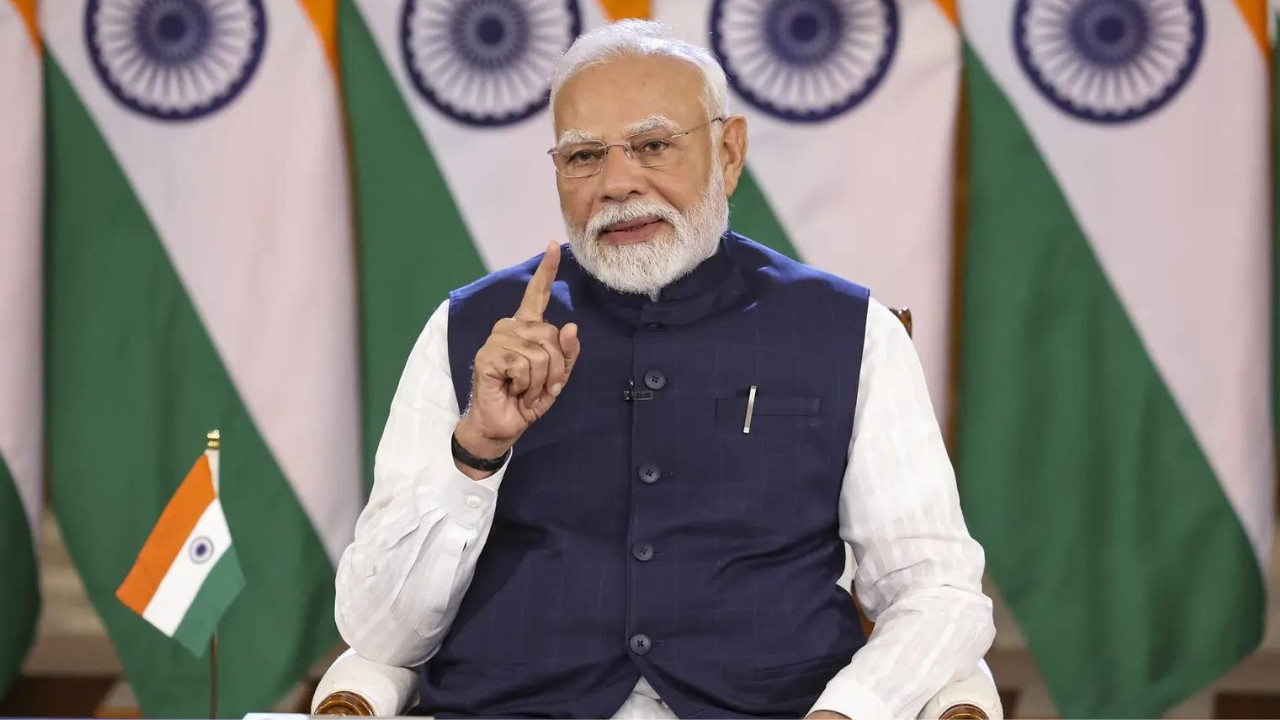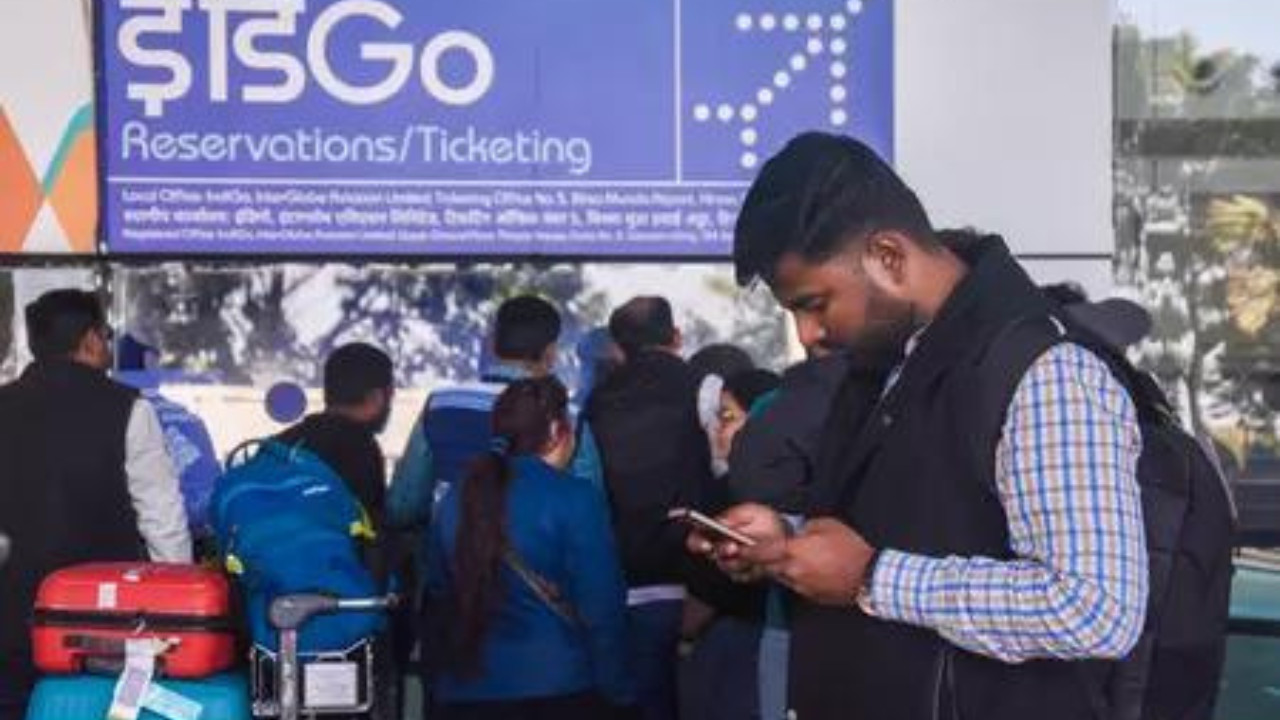Prime Minister Narendra Modi celebrates ten years of Digital India. The initiative has transformed India into a global digital leader. Internet connectivity has significantly increased. Optical fiber now connects remote villages. Digital platforms like UPI and DBT have become global models. The digital economy is contributing significantly to India’s GDP. India is now a top startup ecosystem.
Digital India: From Government Initiative to Grassroots Revolution
A decade ago, the idea of a digitally empowered India felt ambitious, almost utopian. Now, looking back, it’s clear that Prime Minister Modi’s Digital India initiative wasn’t just a plan; it was the seed of a technological revolution, one that has profoundly altered the landscape of Indian society. What started as a governmental push has blossomed into a vibrant, organic, people-powered movement.
It’s easy to get lost in statistics, but the numbers paint a compelling picture. The sheer scale of digital transformation over the past ten years is astounding. Internet penetration has skyrocketed, bringing online access to even the most remote corners of the country. Digital transactions have become the norm, empowering citizens and streamlining processes. But beyond the data, lies a story of real people and real change.
The Rise of Citizen Empowerment Through Digital Access
One of the most significant achievements of Digital India has been its ability to empower ordinary citizens. Imagine a farmer in a small village now able to check market prices online, bypassing exploitative middlemen. Or a woman in a remote area accessing telemedicine services, receiving expert medical advice without having to travel hundreds of kilometers. These are not hypothetical scenarios; they are the everyday realities for millions of Indians.
The initiative has fueled the growth of e-governance, making government services more accessible and efficient. Applying for a driver’s license, paying taxes, or registering a business – tasks that were once mired in bureaucratic red tape – can now be accomplished online, saving time, money, and frustration. This shift toward digital governance has fostered greater transparency and accountability, reducing opportunities for corruption and improving citizen satisfaction. The impact of reliable internet access has spread beyond just government services, however. Many have been able to start home-based businesses using the internet to reach a wider audience.
Bridging the Digital Divide with Infrastructure and Education
Of course, bridging the digital divide requires more than just ambition; it demands robust infrastructure and targeted educational programs. The Digital India initiative has focused on expanding broadband connectivity, establishing common service centers in rural areas, and promoting digital literacy.
These efforts have been instrumental in ensuring that the benefits of digital technology reach all segments of society, regardless of their location or socioeconomic background. Special emphasis has been placed on empowering women and marginalized communities, providing them with the skills and resources they need to participate fully in the digital economy. The digital divide, while still present, is narrowing significantly, allowing more and more people to benefit from the opportunities that the digital world offers.
Looking Ahead: The Future of Digital India
What’s next for Digital India? The initiative is not a static project; it’s an evolving ecosystem. As technology continues to advance, Digital India must adapt and innovate to stay ahead of the curve. Emerging technologies like artificial intelligence, blockchain, and the Internet of Things offer tremendous potential for further transforming India’s economy and society.
For example, AI can be used to improve healthcare delivery, optimize agricultural practices, and enhance urban planning. Blockchain can enhance transparency and security in financial transactions, supply chain management, and land records. The Internet of Things can connect devices and sensors, creating smart cities and improving infrastructure management. Continuing to invest in research and development, fostering innovation, and nurturing a skilled workforce will be crucial for realizing the full potential of these technologies. The possibilities are endless, and India is poised to be a global leader in the digital age.
One critical area for future development is cybersecurity. As more and more of our lives move online, protecting our data and infrastructure from cyber threats becomes increasingly important. Investing in cybersecurity infrastructure, promoting cybersecurity awareness, and establishing robust legal frameworks will be essential for ensuring a safe and secure digital environment for all.
Digital India is no longer just a government initiative; it’s a people’s movement. It’s a testament to the power of technology to transform lives, empower communities, and build a better future for all. This digital revolution is transforming India into a global economic powerhouse, and the journey is far from over. We’ve come a long way, but the most exciting chapters are yet to be written. It’s a story of progress, innovation, and the boundless potential of a digitally empowered nation. Learn more about other government initiatives by viewing our article on the [Make in India program](/make-in-india-overview).








